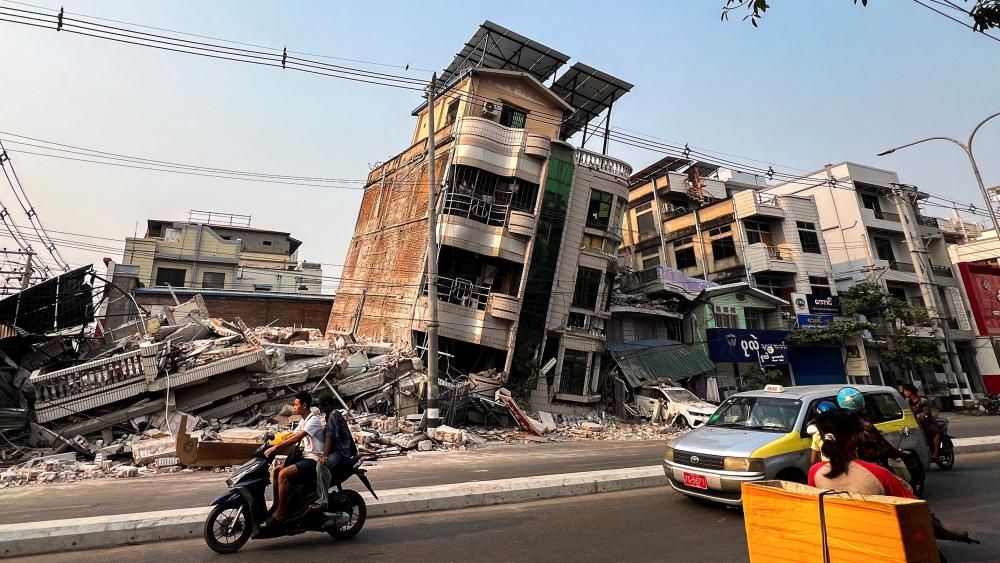Earthquakes occur when energy stored in the Earth’s crust is suddenly released, causing the ground to shake. This happens due to the movement of tectonic plates, which are massive rock slabs that make up the Earth’s surface. These plates constantly shift due to forces from deep within the planet, but when they get stuck at fault lines, stress builds up over time. Once the pressure becomes too great, the plates slip, releasing seismic waves that cause the shaking we feel during an earthquake.
There are different types of earthquakes, depending on how the tectonic plates interact. The most common are caused by faults, where plates either slide past each other (strike-slip fault), push together (reverse fault), or pull apart (normal fault). The point where the earthquake starts underground is called the focus, while the epicenter is the location directly above it on the surface. The intensity of an earthquake depends on the amount of energy released, which is measured using the Richter or Moment Magnitude Scale (Mw).
Earthquakes can cause massive destruction, leading to collapsed buildings, landslides, and tsunamis. To minimize risks, scientists use seismographs to monitor seismic activity and develop early warning systems. While earthquakes cannot be prevented, understanding their causes helps communities prepare, build earthquake-resistant structures, and improve disaster response efforts, ultimately saving lives.




